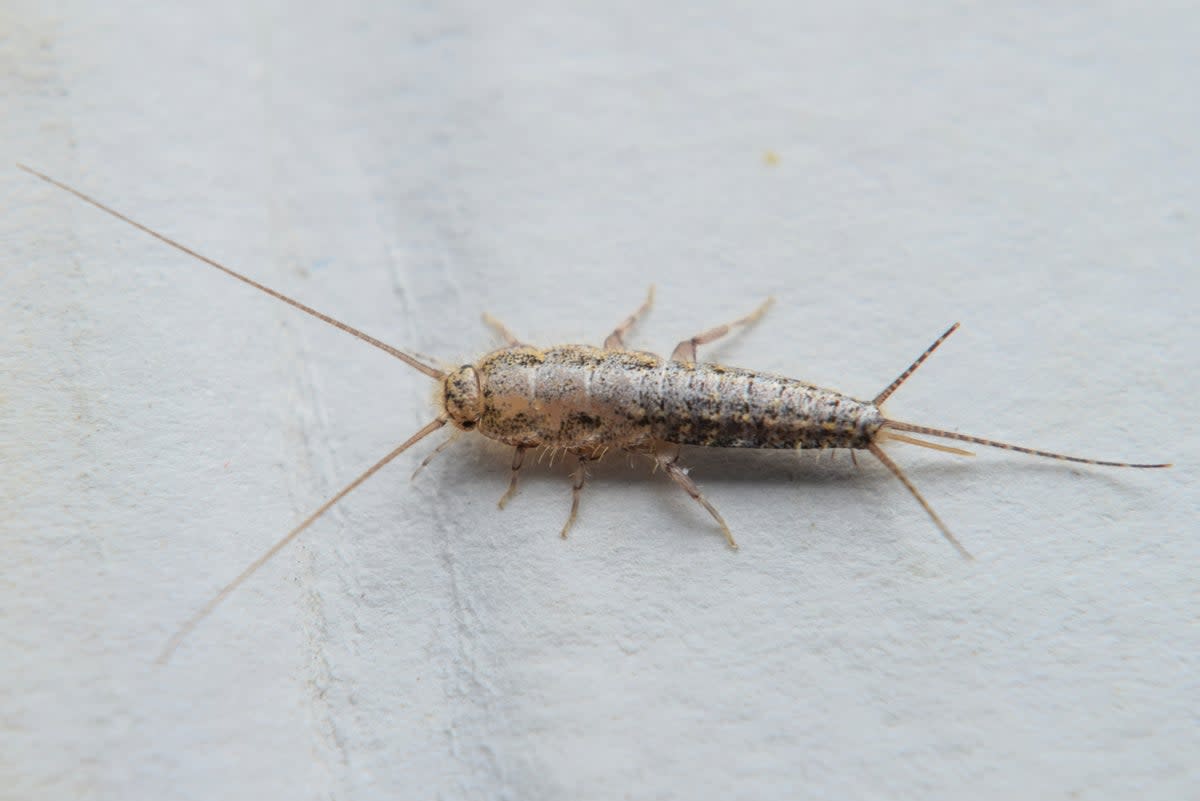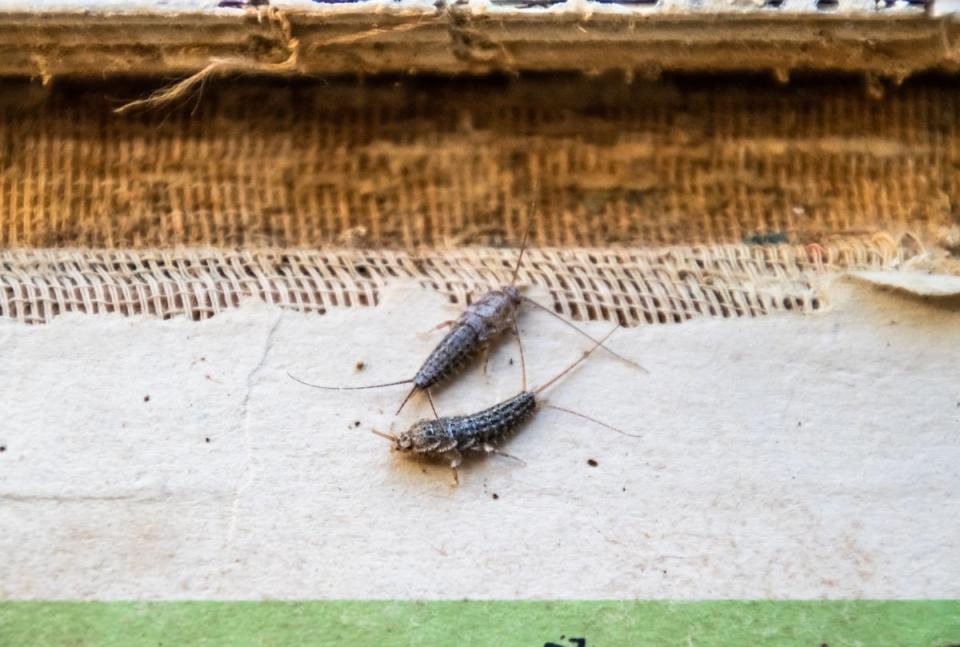What are silverfish? The tiny insects that could infest UK homes this winter

Experts warn homes could become infested with tiny silverfish this winter as temperatures plummet.
The small bugs, wingless scaled insects with two antennae and six legs, thrive in humid environments such as bathrooms and attics.
The nocturnal mites move quickly and like to burrow into dark places, tend to come out at night and can even make their way into paper, soap, residues and dust. They can chew through belongings and trigger allergies, coming into a new home through boxes, books and cardboard.
Silverfish are generally harmless but they can contaminate your food with their faeces- so experts advise to discard of any spoiled food.
There are several simple methods, including basic cleanliness, Britons can take to ensure their home is free of unwanted pests.

What are silverfish?
Silverfish are tiny scaled insects with flat oval-shaped bodies that are silver in colour, they like to burrow in dark areas and come out at nights.
Adults are three quarter of an inch in length and have two antennae, three tails and six legs. Younger silverfish look the same, just smaller and white in colour.
Female silverfish lay eggs constantly in crevices around the home which hatch after three weeks and reach adulthood within four to six weeks.
The pests can live up to eight years and can survive for up to one year as long as they are in humid and moist areas.
They often live in basements, sinks, baths, wardrobes, bookcases, behind windows and door frames, according to WebMD.
Are they harmful?
Despite being a nuisance, silverfish generally cannot cause harm to humans and they do not bite. However, the pests can defecate in your food and spoil it.
They eat a varied diet of flour, oats, dried meat, flour, paper, cardboard, paper, books, glue, vegetables, cereals and even dead insects.

Experts advise to discard any items you find bugs in, along with any spoiled food items.
Their droppings can lead to stains in the home and they can destroy furniture and other belongings through their constant chewing. Their shedded scales and droppings can trigger people’s allergies.
How to get rid of them?
The signs of a silverfish infestation are feeding marks- small holes or notches, yellow stains or scales and droppings which look like tiny black pellets.
Since the critters thrive in humid environments, experts advise fixing your bathroom vents to ensure maximum efficiency to prevent bathroom condensation.

Keeping clean is also effective in preventing an infestation. Cleaning your bathroom and kitchen sinks with bleach is recommended, as is washing them down with boiling water since the creatures are prone to crawling up pipes.
Other tips include cleaning often so you can look out for warning signs of infestation and regularly cleaning hiding spots such as dark corners and behind radiators where damp towels dry. People should hang their bathroom mats to air them out as leaving them on the floor too long leads to a build-up of dampness, experts say.
Investing in a dehumidifier is also an effective way of removing moisture from the air in your home which can prevent a potential outbreak.
Silverfish are said to hate lavender oil so dabbing the oil in the shower drain, sink and even toilet is a good way of proofing the home.
If none of these methods work, it is vital to call in a professional pest control service that will be able to tackle the problem.

